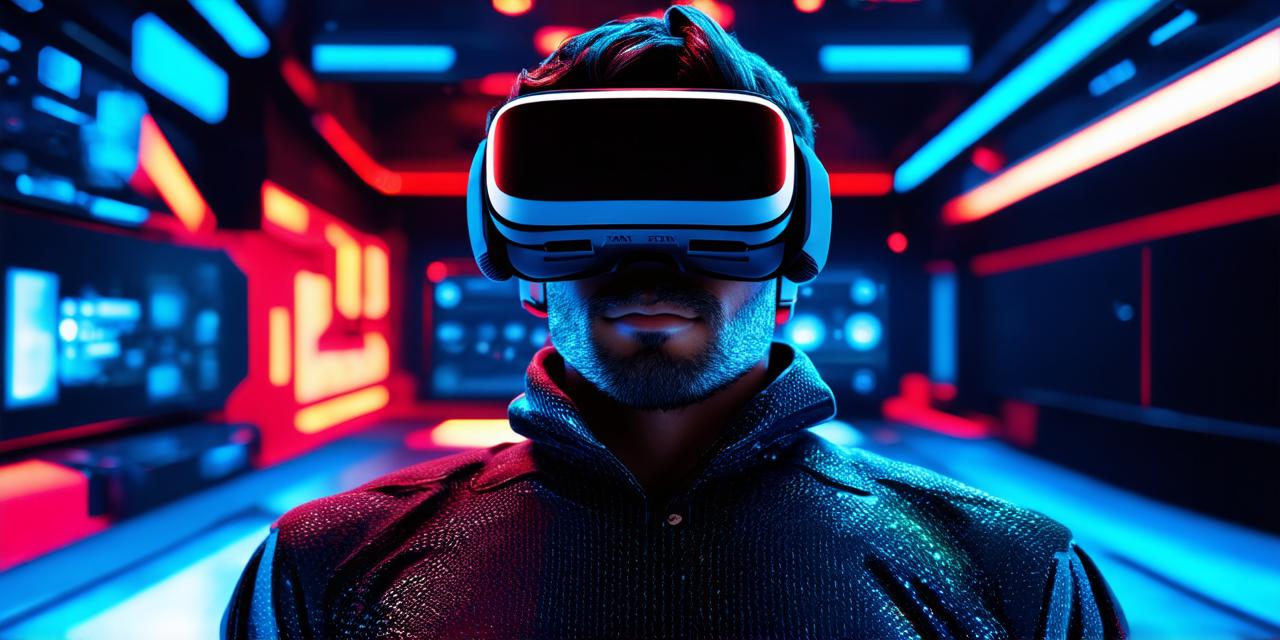Virtual reality (VR) is a rapidly evolving field that promises to revolutionize the way we interact with digital content. However, as with any new technology, VR faces numerous challenges and limitations. One of the most significant hurdles facing VR developers today is the lack of scalable artificial intelligence (AI) solutions that can support virtual environments.
The Power of AI in VR: Enhancing User Experience
Artificial intelligence plays a crucial role in enhancing the user experience of virtual reality applications. By enabling VR systems to understand and respond to user interactions, AI can help create more immersive, engaging, and intuitive experiences for users.
For example, AI-powered voice recognition and natural language processing (NLP) technologies allow users to interact with virtual environments using spoken commands, making the experience more natural and intuitive. Additionally, AI algorithms can be used to analyze user behavior and preferences, allowing developers to create personalized content and recommendations that are tailored to individual users.
One of the key benefits of AI in VR is its ability to enable more realistic and dynamic virtual environments. By analyzing real-world data and simulations, AI can help create virtual worlds that closely resemble the physical world, making them more convincing and immersive for users. Additionally, AI algorithms can be used to simulate complex interactions between objects in virtual environments, allowing users to explore and interact with dynamic and unpredictable systems.
AI also plays a critical role in enabling VR applications to adapt to changing user needs and preferences over time. By analyzing user behavior and feedback, AI algorithms can help developers identify areas for improvement and refine their virtual environments to better meet the needs of users. This process of continuous optimization is essential for ensuring that VR applications remain relevant and engaging for users, even as technology and user preferences evolve.
The Challenges of Implementing AI in VR: Data Collection and Integration
Despite its many benefits, implementing AI in virtual reality applications presents numerous challenges. One of the biggest challenges facing developers is the need for high-quality data to train and improve AI algorithms.
In order to create effective AI solutions for VR applications, developers must collect and analyze large amounts of data from a variety of sources, including user interactions, real-world simulations, and other relevant contextual information.
Another key challenge facing VR developers is the need to integrate AI algorithms into complex and dynamic virtual environments. This requires careful design and development of AI systems that can operate seamlessly within virtual worlds, as well as robust testing and validation processes to ensure that AI solutions are accurate and reliable in real-world scenarios.
Developers must also address issues related to privacy and security, ensuring that user data is protected and that AI systems are transparent and accountable in their decision-making processes.
Case Studies: AI in Virtual Reality Applications
To illustrate the potential of AI in VR applications, let’s consider a few real-world examples. One of the most promising areas for AI in VR is in the field of healthcare and medicine.
By leveraging AI algorithms to analyze patient data and simulate complex medical scenarios, VR applications can help doctors and researchers develop more effective treatments and interventions for a range of health conditions.
